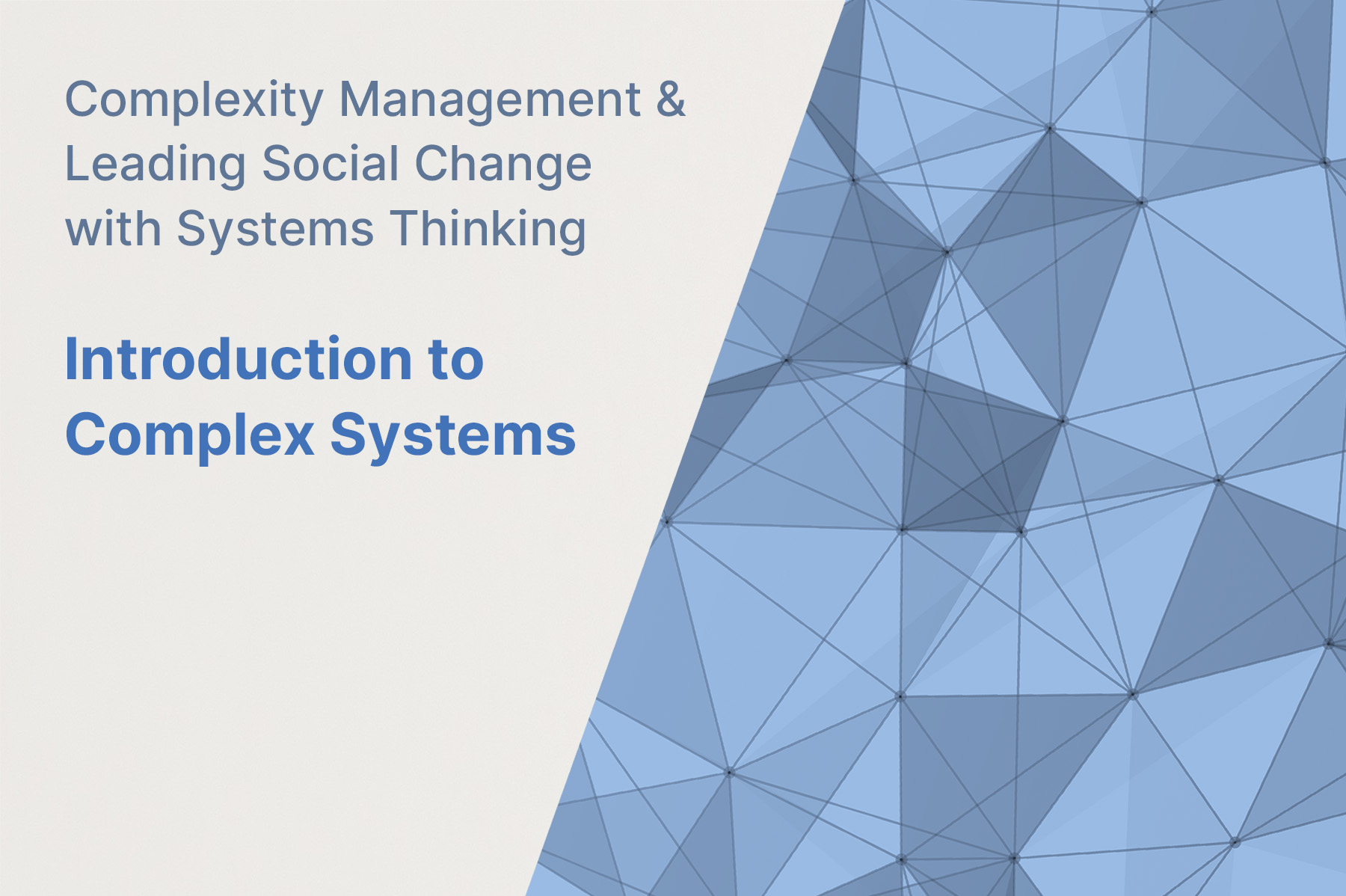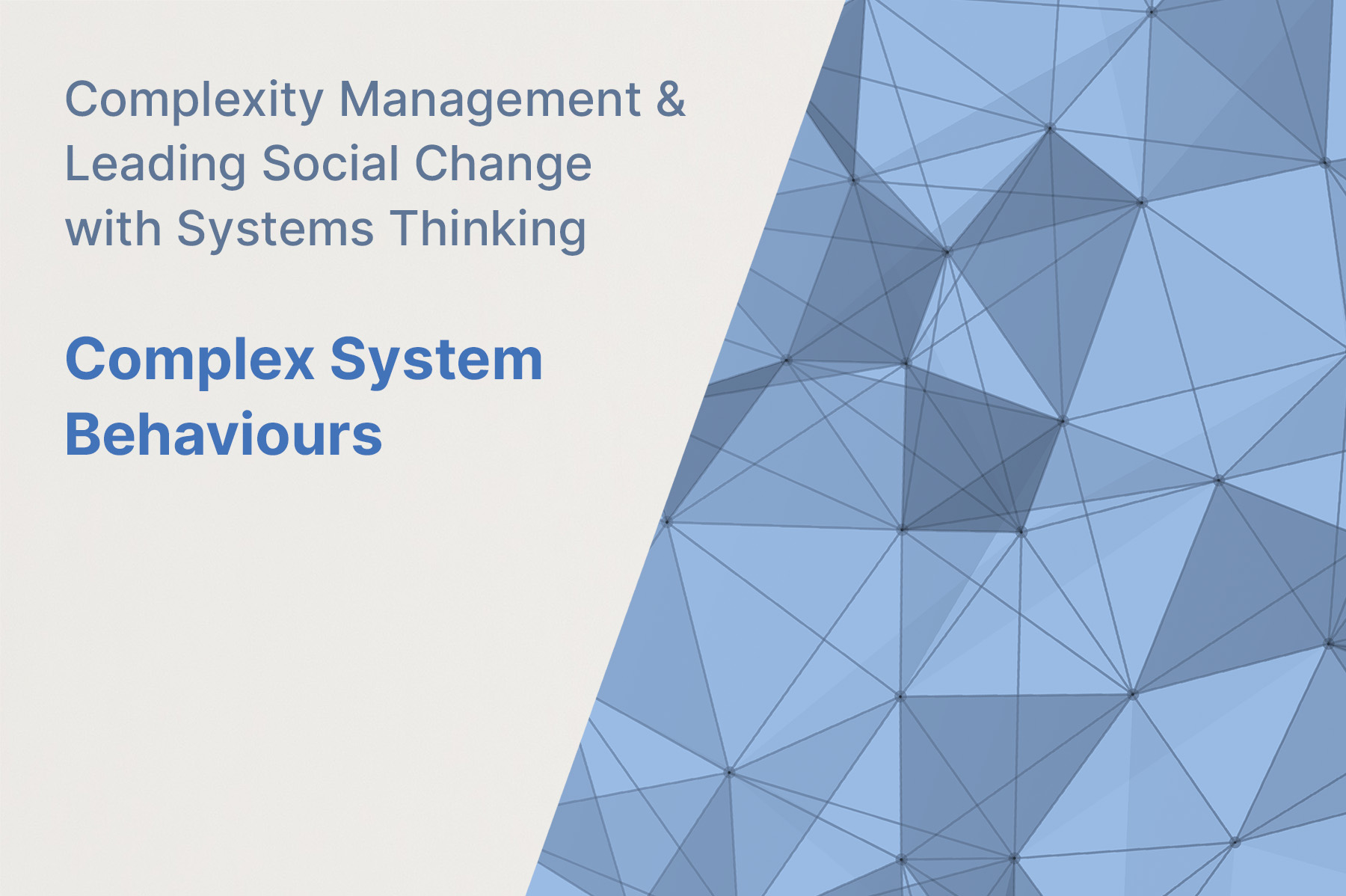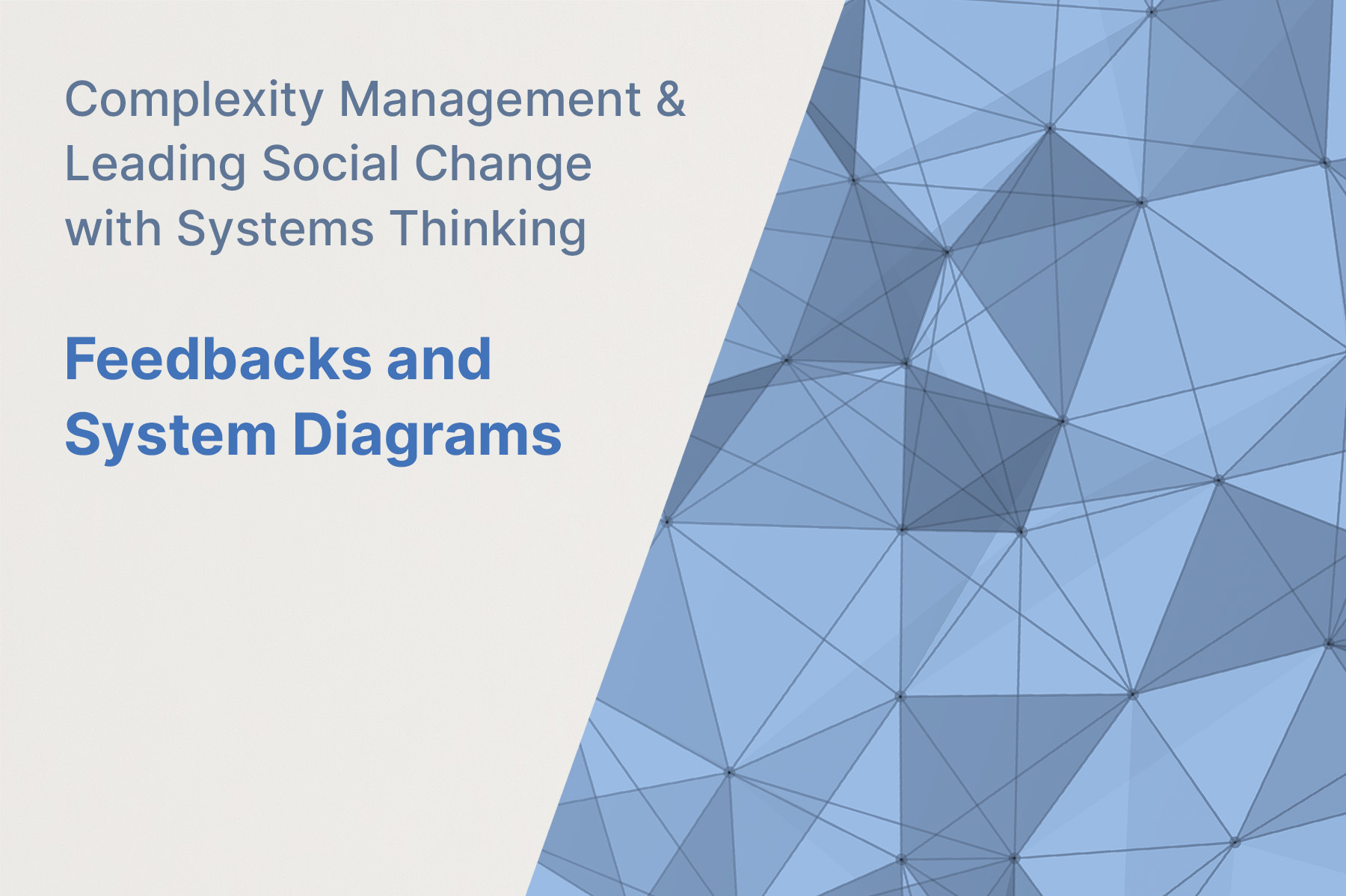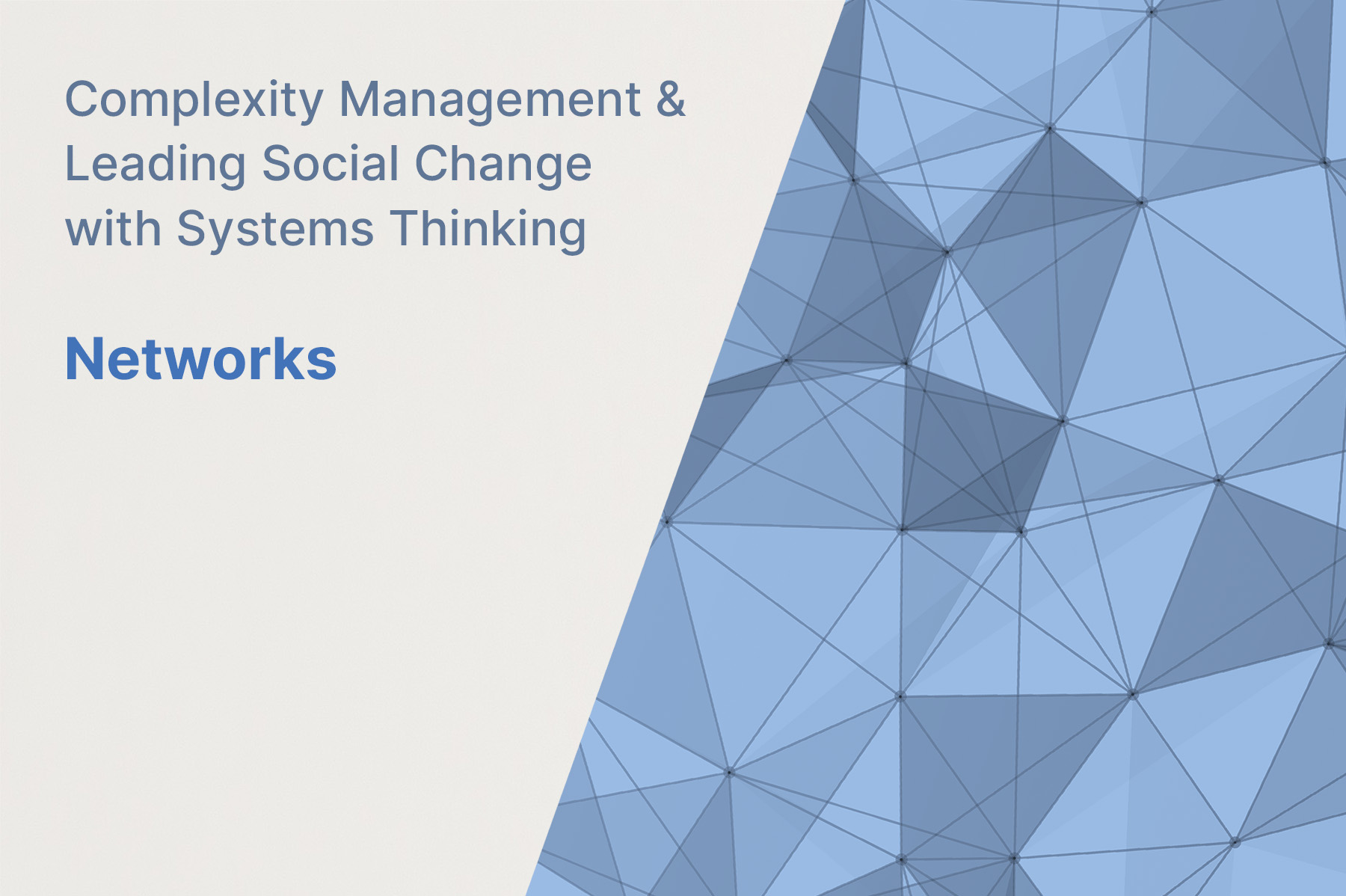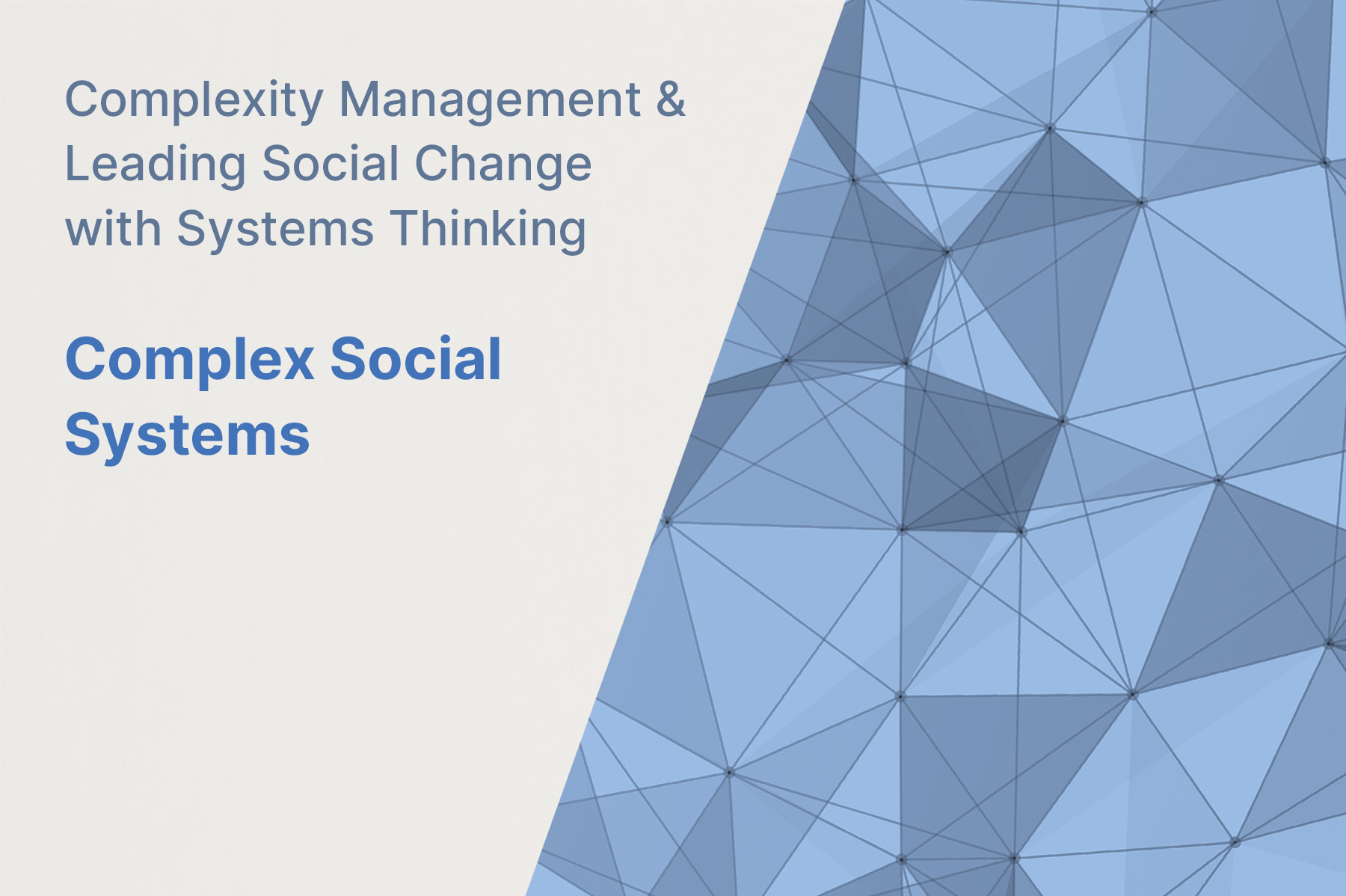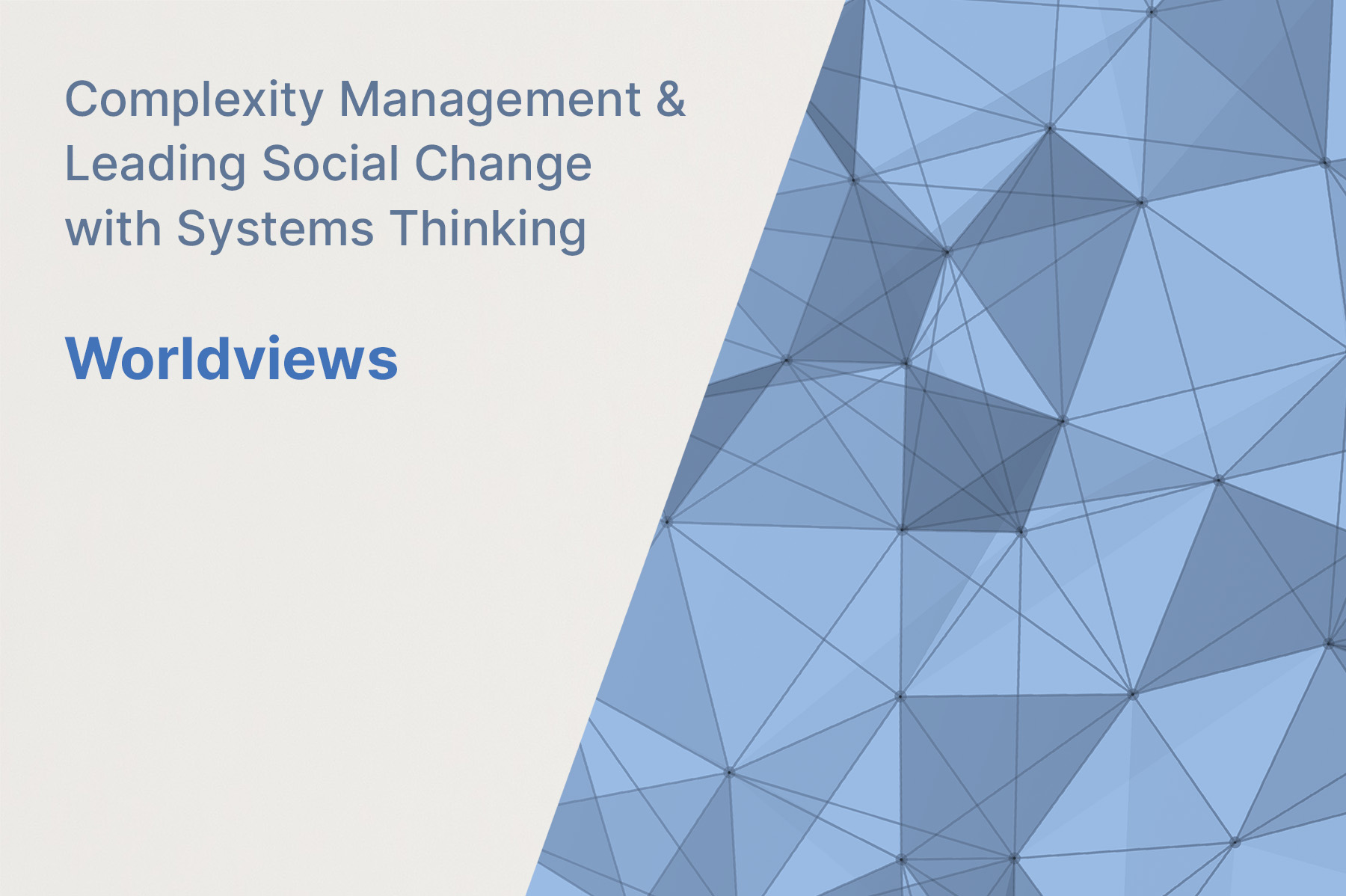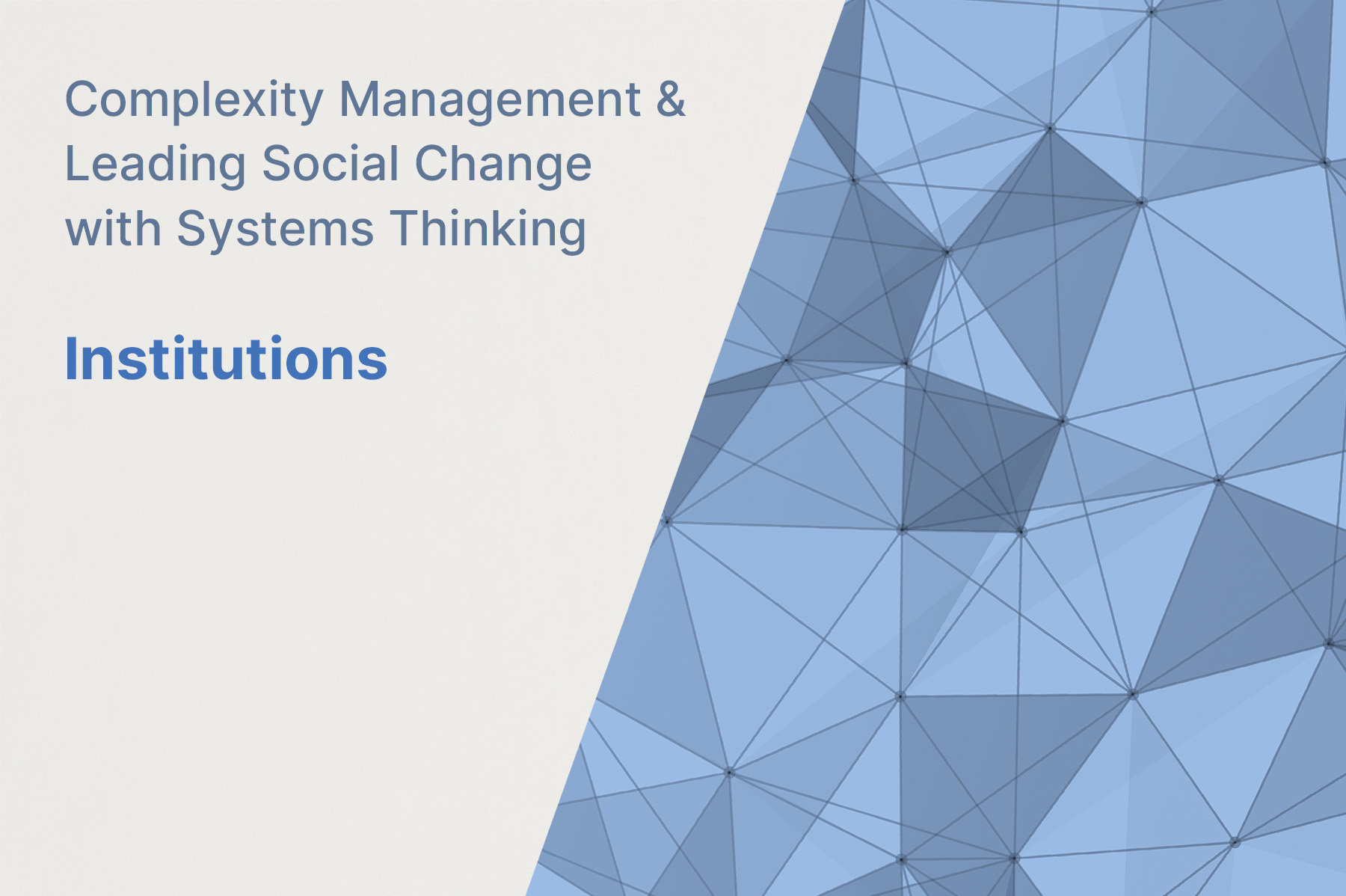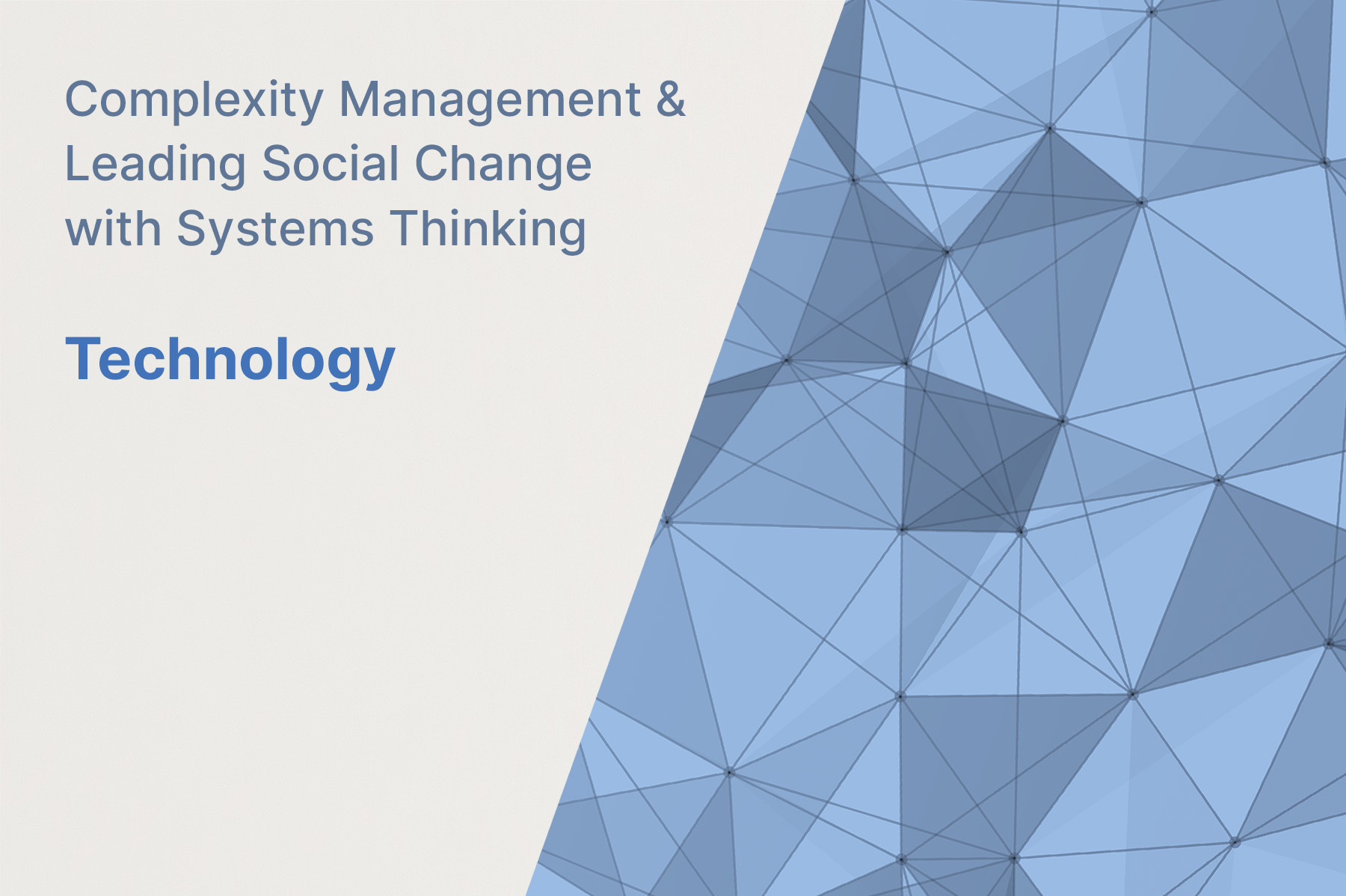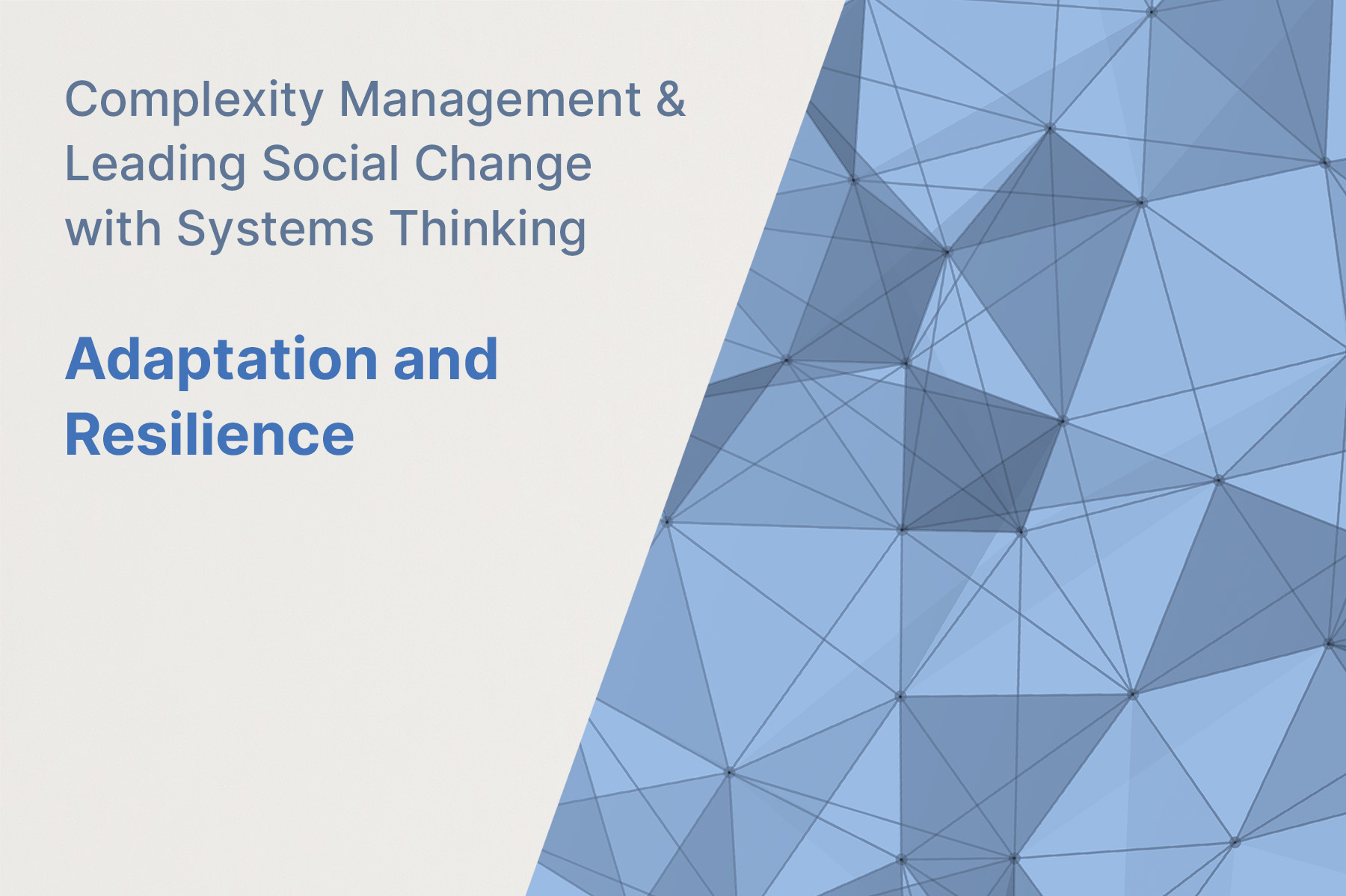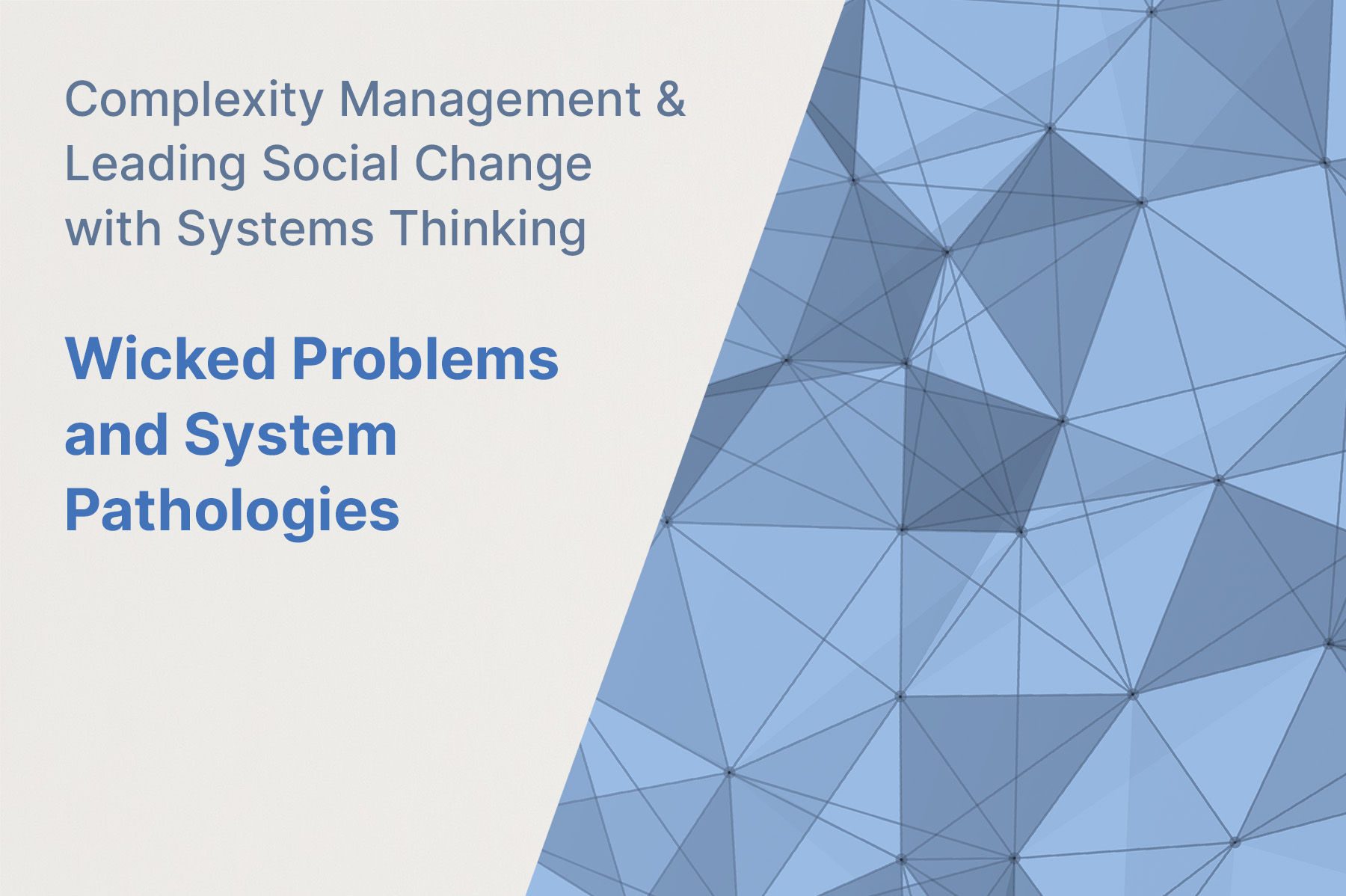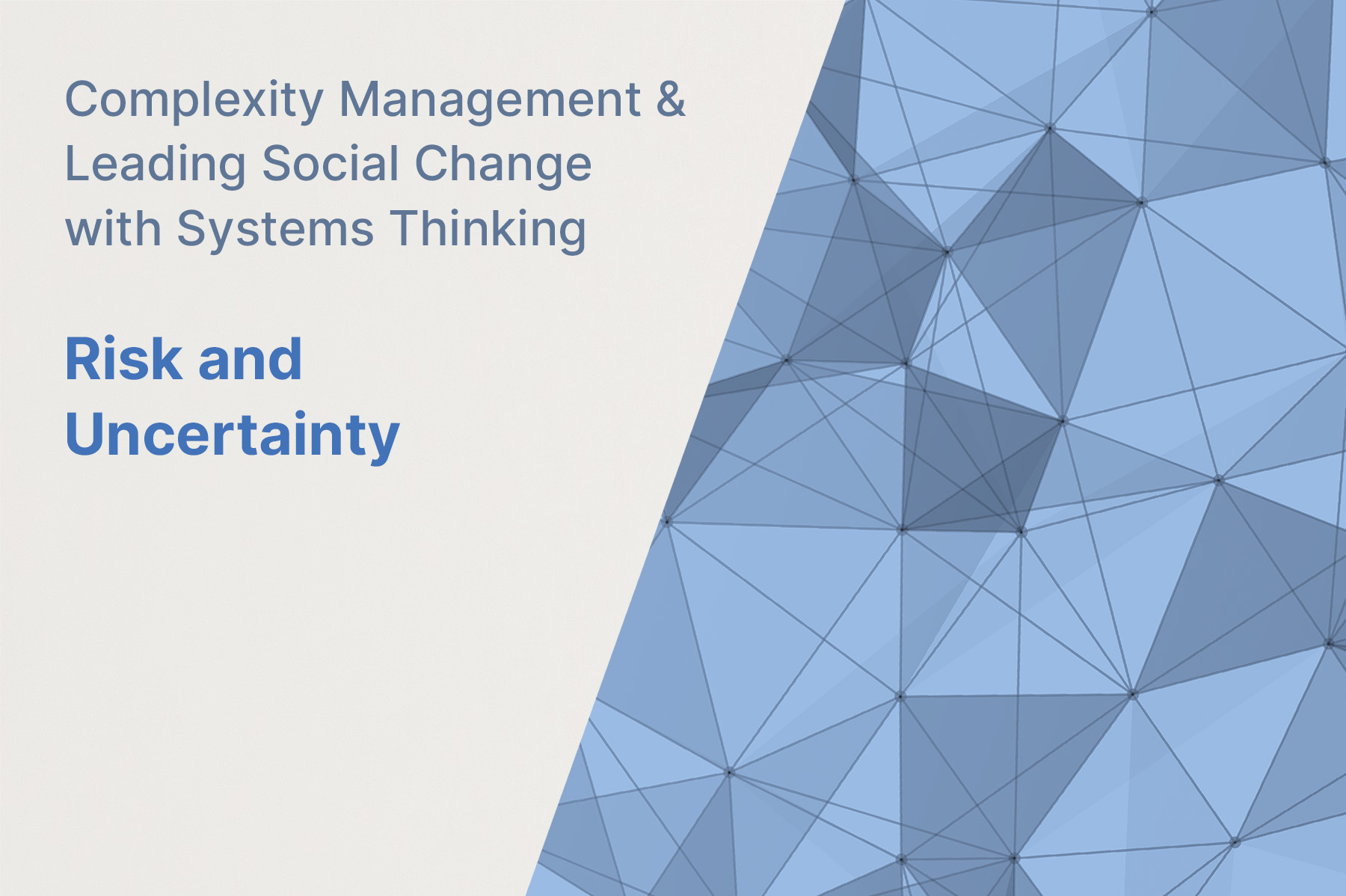COMPLEXITY CURRICULAR MATERIALS
The Cascade Institute developed the complexity curricula videos below as a part of its Complexity Education for Action Project. The video modules were developed for two courses in the Bachelor of Business Administration Program at Royal Roads University (Complexity Management and Leading Social Change with Systems Thinking).
This video explains the features that make systems complex and explores the behaviours typical of such systems. You will first learn to distinguish between systems that are merely complicated and those that are complex, complex adaptive, and reflexive complex adaptive.
This video describes the features that make systems complex and explores the behaviours typical of such systems. You will first learn to distinguish between systems that are merely complicated and those that are complex, complex adaptive, and reflexive complex adaptive.
This video explains how causal feedback loops often comprise the underlying structure of complex systems. Feedbacks generate recurring patterns of system behaviour that often resist our best efforts to change them. By creating stock and flow diagrams and causal loop diagrams, we can identify positive (self-reinforcing) and negative (self-balancing) feedbacks.
This video answers the questions: what are networks, how do they work, and how do they grow? You will learn to read and draw network maps using basic diagramming conventions and use those maps to understand the structure and dynamics of networked organizations. While many assert that networks are “flat” and empowering, networks often grow in very uneven (and inequitable) ways, host distinctive power dynamics, and produce suboptimal outcomes.
This video introduces the Worldview, Institutions, and Technologies (WIT) framework. WIT analysis highlights different dimensions of social complexity and will help you to understand sources of persistence and change in social systems. Worldviews, institutions, and technologies tend to reinforce one another, so that effective leadership requires action on all three fronts.
This video explores the concept of worldviews - belief systems that help us to understand the way the world works, how the world ought to be, and our particular place, or identity, in the world. Worldviews are at the root of many social conflicts - yet many systems thinkers argue that worldview shifts represent the most profound source of transformation in social systems.
This video examines the role of institutions in complex systems. Institutions are “sticky”—once they are established, they tend to get “locked-in” over long periods of time during which they experience only small, incremental change (path dependence). But these periods of stability are occasionally punctuated by “critical junctures”—moments of contingency in which old rules break down and a range of new possibilities open up.
This video examines the role of technology in complex systems. Technologies are procedures that harness natural phenomena—that is, transform matter, energy, and information—to fulfill human purposes. They are an obvious source of societal innovation, yet they can also get “locked-in” to sub-optimal patterns, just like institutions do. This video investigates the advantages and disadvantages of social media, platform technologies, and other inventions as potential “game-changers” in economy and society.
This video provides a clear introduction to the concepts of adaptation and resilience in the context of organizations. It focuses specifically on panarchy theory and the adaptive cycle, which help explain the ways in which organizations develop, gain and lose resilience, and undergo bouts of creative destruction. The video concludes by exploring strategies by which managers can foster resilience in their organizations and activities.
This video explains why contemporary systemic conditions generate such “wicked” problems and explores the ways in which organizations can operate either effectively or poorly in such circumstances. Several recurring patterns of feedback within and between organizations often undermine their endeavours, and require much more systemic approaches to management.
This video explains the critical distinction between risk and uncertainty. Decision-makers often navigate their options by assessing risk—by plotting the probabilities, costs, and benefits of different outcomes and deciding accordingly. But the world is increasingly characterized by situations in which the range of possible outcomes and their probabilities are virtually impossible to estimate. This video discusses the situations in which traditional risk management approaches will and will not work.

